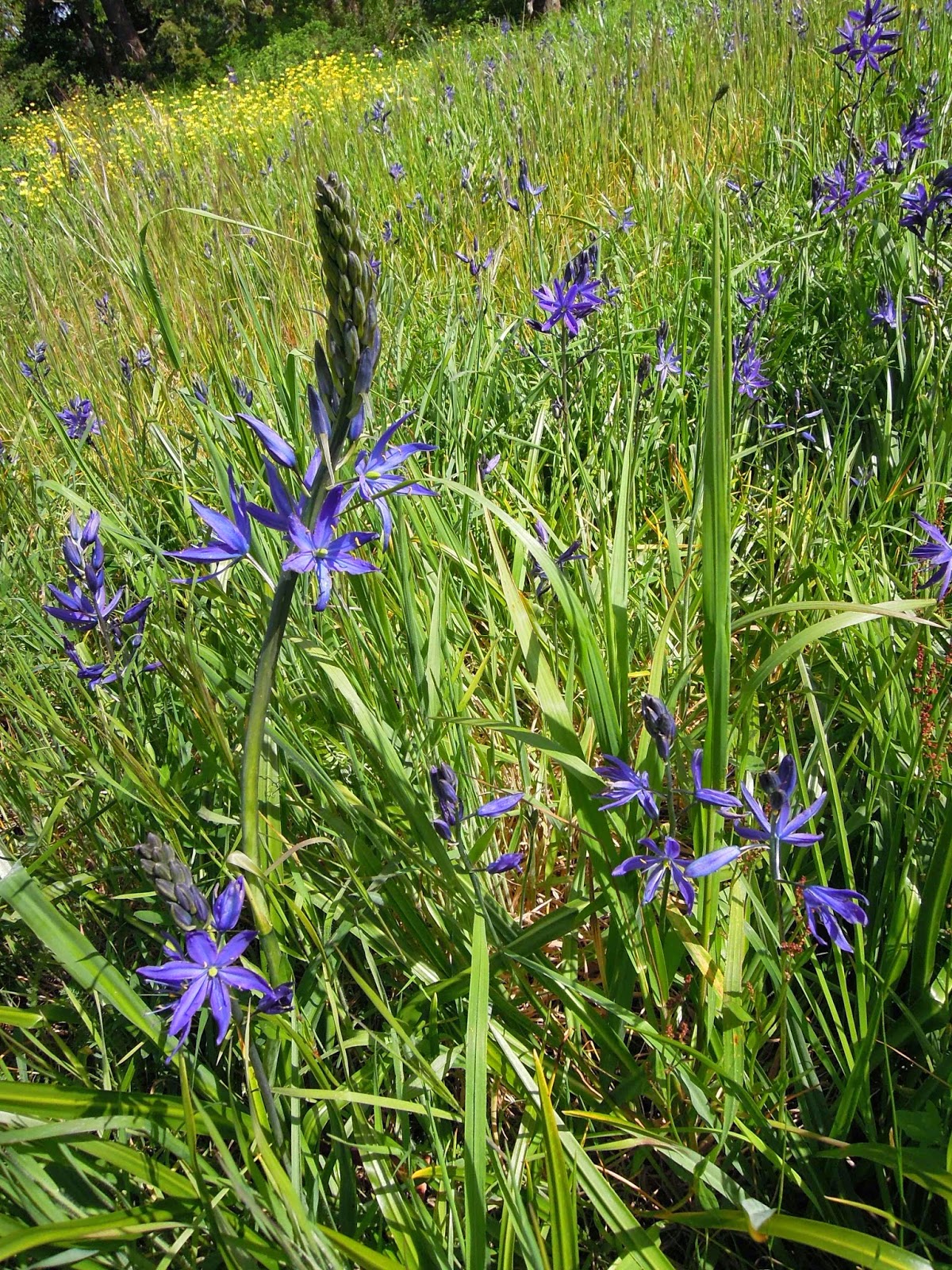 |
Carol’s Foxgloves
Digitalis purpurea (mixed)
Shaw Island, WA.
Photo courtesy of
Island gardener Carol.
|
Native Region: Europe
Growing Region: USDA Zone 4-9
Preferred Climate: Suited to a wide range of conditions.
Description: Mixed colors of white, shell pink to deep rose, lavender, and purple. This is one of the truly grand, old-fashioned flowers of that almost mythical English Cottage Garden, that so many people strive to recreate. This biennial produces attractive rosettes of large leaves the first year, with tall spikes of flowers 3 to 6 feet or more in height in the 2nd year. Handsome, large spikes and drooping bell-shaped blooms are spotted inside, during their second year.
Extremely attractive to bees.
Maintenance: Easy if watered in dry weather. Grows in almost any soil but prefers humus-rich soil in partial shade.
Tolerates: Shaw Island DEER.
 |
Foxgloves growing on the north shore
in the Stitt family garden, Shaw Island.
L-R: Mae & Dave M. Stitt
visiting his parents,
Bertie Stitt & David P. Stitt
4th July 1937.
Click photo to enlarge.
Courtesy of William B. Evans,
a Stitt family relative,
and a helpful history informant
for Shaw Island archivists. |
Medicinal: A classic example of a drug derived from a plant formerly used by folklorists and herbalists.
One of the few wildflowers to be well-received in the garden.
The whole foxglove plant is extremely poisonous. Fortunately, it tastes very bitter and causes irritation of the membranes in the mouth. It also causes diarrhea, nausea, and vomiting, so if it does go in, it soon comes out.
Sowing: outdoors from September to October on the surface as the seeds need light to germinate, in pots, or in situ.
Days to sprout: 14-21.
Notes: Carol imported her original seeds from Saltspring Island, Gulf Island Archipelago, BC. Digitalis viability is 2-3 years, so keep the seed in the fridge if you didn't get a chance to cast them out after purchase.
Foxgloves grow in almost any soil except in very wet or very dry. Prefers humus-rich soil in partial shade.
Foxglove flowers in an arrangement are supposedly said to make the other flowers last longer.
 |
White Digitalis
mixed with the other colors. |
According to Elizabeth Murray in Monet's Passion, this flower is grown at the painter's garden at Giverny.
 |
Foxgloves
(Digitalis purpurea)
flanked by Linaria,
Angel's garden,
Shaw Island, WA.
2003.
Digitalis is an introduced species, but becoming "almost native." The bees would like to see more in cultivation.
My favorite book for research on this particular specimen:
|
"The best of all foxgloves is the wild species of woods and banks–it is almost impertinent to try to 'improve' a plant of such elegance and charm. A hardy biennial, with rosettes of leaves at the base, the flower is too well-known to need a lengthy description. It has drooping tubes of flowers up one side of the stalk in mid-summer. The flowers are in shades of purple, white, or sometimes a pure and lovely pink, richly spotted inside.
The foxglove is very much a cottage plant, brought in from the wild over many centuries for herbal use, and is one of the few plants still used in modern medicine, a treatment for heart disease. The cottage paintings of Helen Allingham, a friend of Ruskin, Tennyson, and Browning, which now fetch high prices in the salesroom, nearly always have foxgloves waving among the roses and pansies by the cottage door.
There is room for foxgloves in almost every garden which boasts a tree or a few shrubs, for it likes a little shade; it prefers light soil, with some humus. Being biennial, seeds should be sown in two successive years to get continuity of flowers; after which it will seed itself forever. The hybrid 'Excelsior' strain, which I deplore, has horizontal flowers clumsily crowded all around the stalk, but there is a pleasant perennial foxglove, D. grandiflora, with yellow flowers.
Foxgloves look best scattered among plants as unpretentious as themselves, and the tall, pink-flowered rose species, Rosa glauca, with leaves of soft blue-green on red stalks, makes a perfect background.
Foxgloves require no staking, no feeding, no dosing for disease, and the leaves provide winter ground cover. What more can any plant be asked to give?"
P.p. 93-94; Published by Summit Books, a Division of Simon and Schuster, New York. 1988.
 |
Fresh foxglove seeds for sale
at the Gatehouse, Reefnet Bay Road,
Shaw Island, San Juan Archipelago, WA.
|
|
.jpg)





















